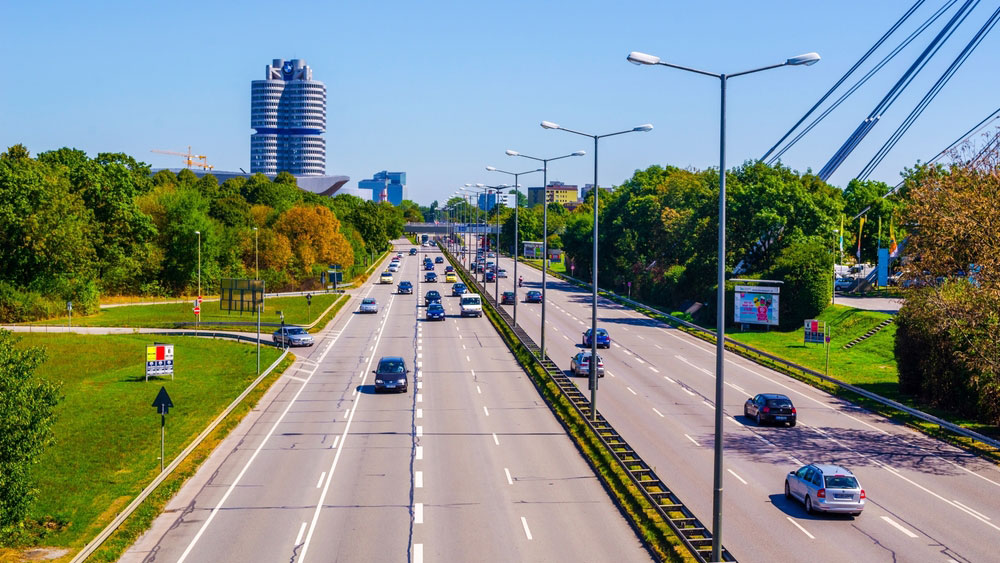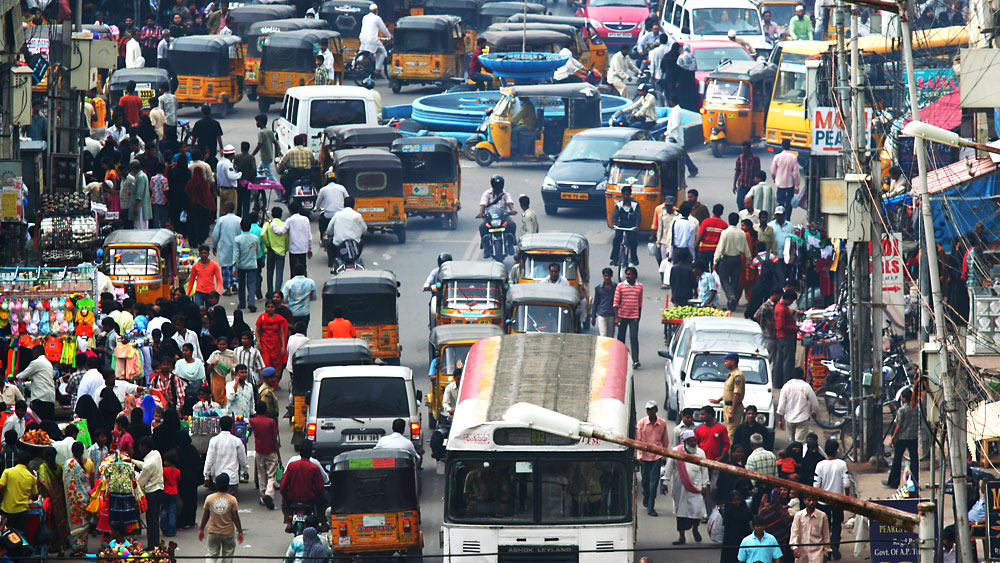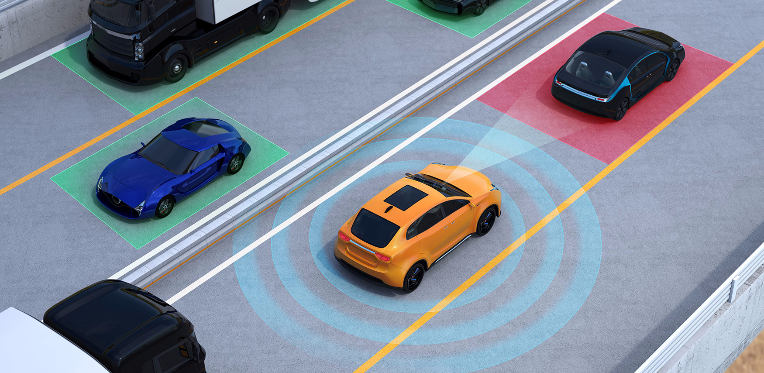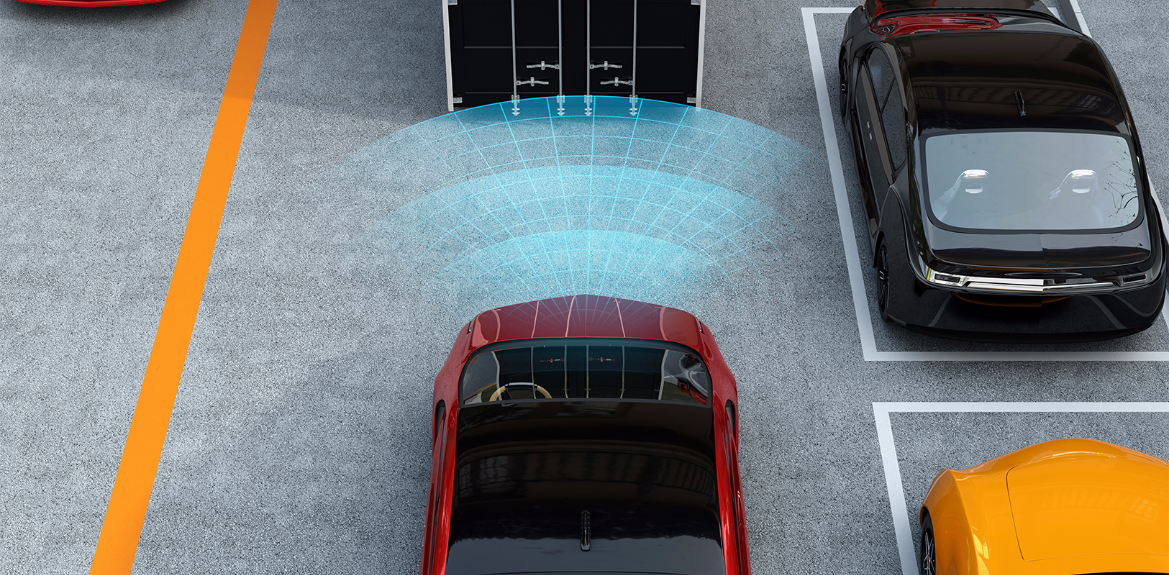RESEARCH
Autonomous Driving
Autonomous driving is the future of automotive industry and is moving forward globally as defined by the levels of autonomy of vehicles. These levels now clearly defined the scope of autonomous vehicles and how this technology is heading to full autonomy where the driver of the vehicle becomes optional and is even not needed.
Dependent

- The driver is in full control
Part Autonomous

- automated acceleration pedal
Part Autonomous

- automated acceleration pedal
- lane keeping
- semi-automatic lane changing
Commercial Level
Part Autonomous

- automated acceleration pedal
- lane keeping
- lane changing full automated
- steering full automated
- automatic Highway changing
Semi Autonomous

- The driver awareness needed is minimum
- The car will inform the driver to take control
Full Autonomous

- The driver is optional and not needed











